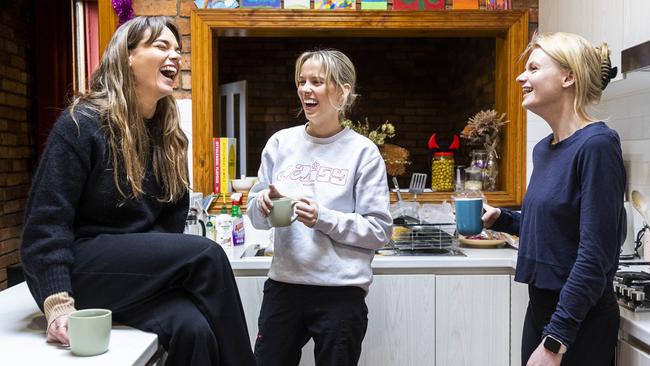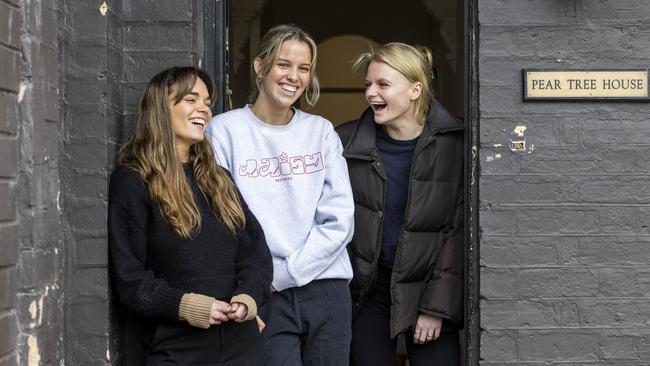Census 2021: Smaller households behind rental stress
The decline in the number of people living under one roof has increased pressure on Australia's already despairing rental market.

The decline in the number of people living under one roof – as revealed in the latest census – is expected to have created demand for up to 350,000 extra homes.
While seemingly a tiny change, the shift in household structure from an average of 2.6 people per address to 2.5 is likely one of the reasons Australia’s rental crisis has worsened through the pandemic despite stalled migration, according to the managing director of data house SQM Research, Louis Christopher.
The change was smaller than he expected but he believed the fall in rental vacancy to just 1 per cent of investment properties nationally was linked to the data.
“The increase in underlying demand has translated to 190,000 to 350,000 dwellings being needed,” Mr Christopher said. “This in large part tells the story of why there is a rental crisis on our hands.”
Households of three or more people declined as a proportion of the national makeup, while couples levels remained steady. Interestingly, single-person households notably increased from 24.42 per cent of households in 2016 to 25.56 per cent in the most recent count.
The number of properties rented also climbed, up to 2.8 million in 2021, an increase of almost 280,000 from the 2016 census.
In all of the smaller capital cities, rental vacancy has dipped below 1 per cent and Sydney and Melbourne availability has reduced significantly since the highs of the pandemic to sit around 1.5 per cent. A healthy market settles around 3 per cent.
As a result of competition from tenants, asking rents have risen by more than 11 per cent nationally over the past year.

Friends Natasha Watts, Mathilda Saunders and Kaya Murray, moved into a rental together in inner-city Melbourne in 2020. At the time, renting was a “no-brainer”, but now with the pressure of cost of living, the housemates in their mid-20s say their budgets are being stretched.
“We’re all working full time and it’s still a big stress at the end of each month,” Ms Murray said, who moved in last year to replace another housemate who could no longer afford to pay their rent.
Ms Saunders said they were shivering through winter just to be able to stay on top of their rent.
“We’re even struggling to pay our utility bills because of how high the rent is,” she said.
“Last month, our electricity bills were up by about $100. So we’re really cutting back on using our heater at the moment.”
Executive director of tenant advocacy organisation Better Renting Joel Dignam said more action was needed to support renters. “It’s hard to make a home … when you can face eviction at the drop of a hat, and when there are few protections against eye-watering rent increases,” he said.



To join the conversation, please log in. Don't have an account? Register
Join the conversation, you are commenting as Logout